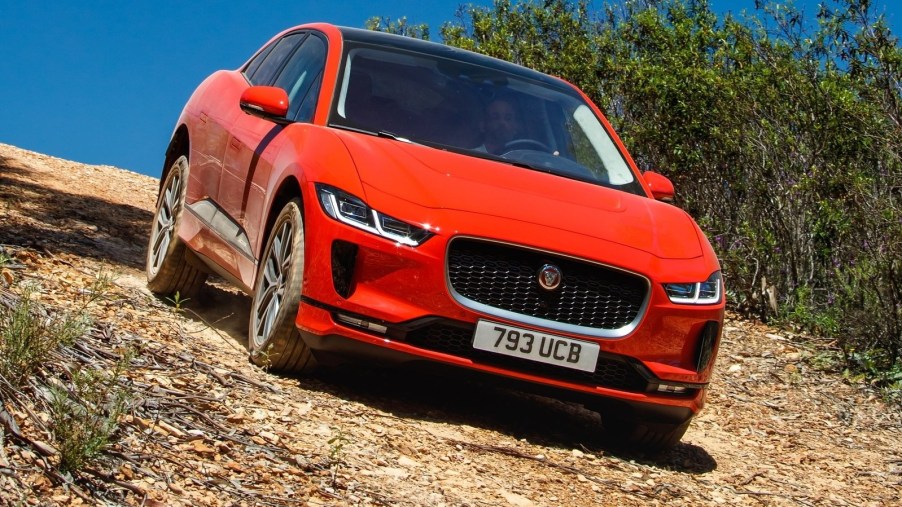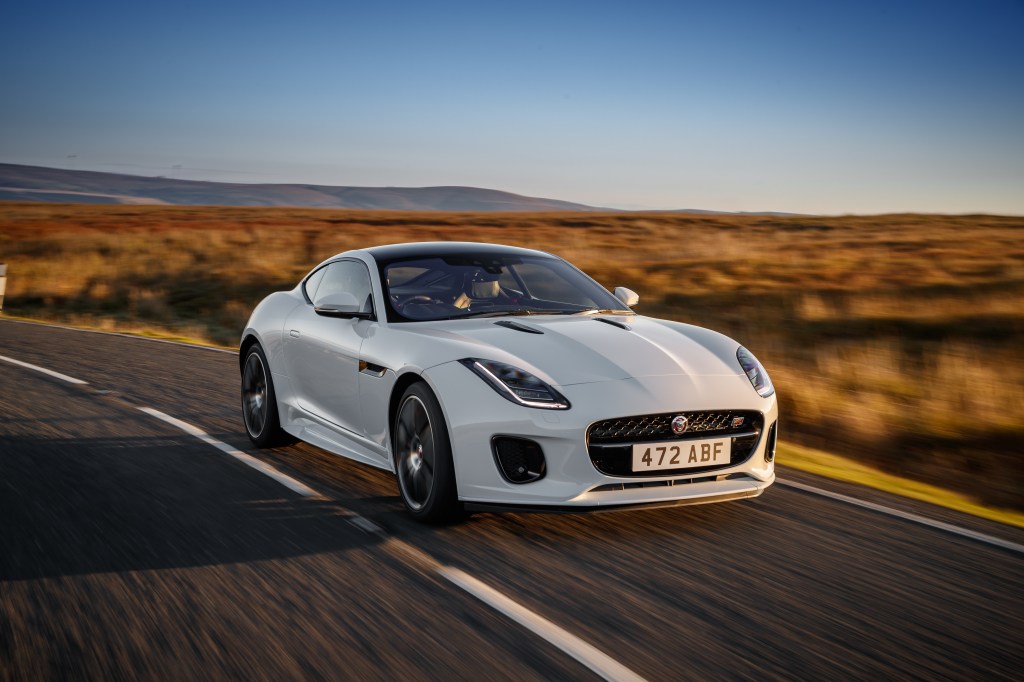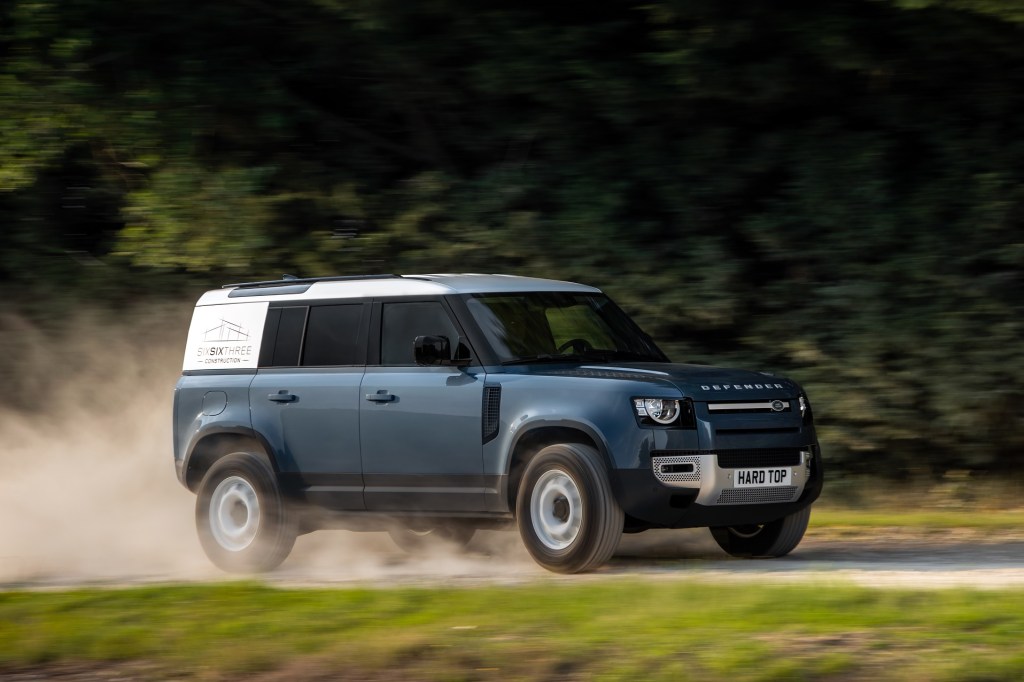
New Touchless Infotainment System Is Driven by Eyesight and Gestures
COVID-19 has affected the way designers create the interior of a car. Designers understand that a vehicle can be an oasis of tranquility, but it can also harbor plenty of germs. So, new filtration systems and materials have been looked at to limit germ transfer. Now, Jaguar Land Rover, has announced that it has developed a contactless touchscreen.

The new tech is called, Predictive Touch
In a press release earlier today, Jaguar Land Rover announced that it had collaborated with the University of Cambridge to develop contactless touchscreen technology to help reduce the spread of bacteria and viruses. The patented tech is called Predictive Touch. As can be inferred by the name, the technology will use artificial intelligence and sensors to predict what function on the infotainment display needs to be changed.
The technology uses a gesture tracker, vision-based sensors, radio frequency-based sensors, and eye gaze trackers. All that is fed into the artificial intelligence to infer the user’s intent. This all happens in real-time.
According to the release, the Jaguar Land Rover recognizes the world has changed. So, the new predictive technology takes on greater importance in a post COVID world. A reduction on contact surfaces is a good thing.
“In the ‘new normal’ once lockdowns around the world are lifted, a greater emphasis will be placed on safe, clean mobility where personal space and hygiene will carry premiums. Jaguar Land Rover vehicles are already designed to help improve passenger wellbeing, with innovations including a Driver Condition Monitor, engine noise cancellation and cabin air ionization with PM2.5 filtration to capture ultrafine particles and allergens. New technology like predictive touch is another step forward as we address the wider landscape of mobility, from how customers connect with mobility services, to the infrastructure required to enable fully integrated, autonomous vehicles in our cities”
But, does it work?
The technology sounds interesting. But, does it work? Trials were organized for both lab-tests and on-road situations. As tested, the predictive technology reduced a user’s touchscreen interaction and time by fifty percent. The idea is that between pointing and eyeball tracking the user can manipulate the infotainment system as needed without actually having to touch the screen. No longer will a bumpy road cause the pressing of an incorrect touchscreen function.

What the Jaguar Land Rover team says about the technology
Lee Skrypchuk, Human Machine Interface Technical Specialist said, “Predictive Touch technology eliminates the need to touch an interactive display and could therefore reduce the risk of spreading bacteria or viruses on surfaces.” Further, “The technology also offers us the chance to make vehicles safer by reducing the cognitive load on drivers and increasing the amount of time they can spend focused on the road ahead.”
Professor Simon Godsill added,
“Touchscreens and other interactive displays are something most people use multiple times per day, but they can be difficult to use while in motion, whether that’s driving a car or changing the music on your phone while you’re running. We also know that certain pathogens can be transmitted via surfaces, so this technology could help reduce the risk for that type of transmission.”
Technology is advancing so fast. Fifteen short years ago, a CD and cassette player were the thing to have. Now those devices have been replaced with an infotainment Bluetooth connection to a cell phone that can play your favorite playlist. We can already give commands to some infotainment systems. With Predictive Touch, we do not even need to touch a screen or button. Instead, the computer will figure it out. It seems, as consumers, that technology has made it possible for us to enter a world with touchless touchscreens. The irony.


